- Homepage
- News and Features
- An appeal to golfers from BIGGA and The R&A
An appeal to golfers from BIGGA and The R&A
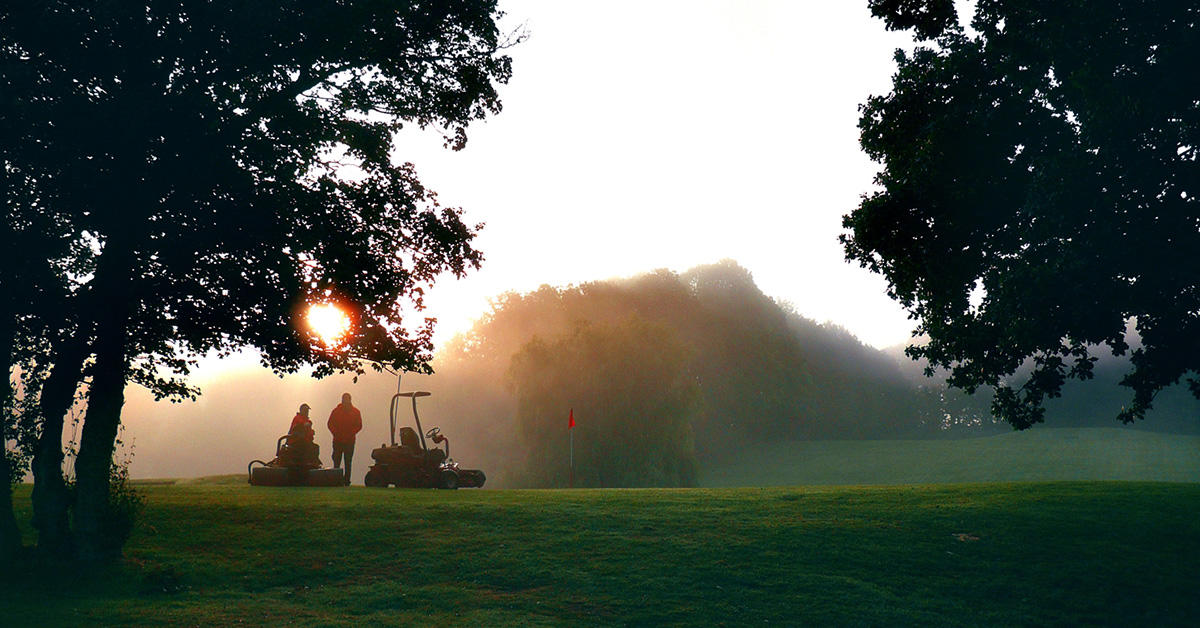
Meon Valley
The R&A's agronomists have explained to golfers why standards on their course may not be at the level they expected prior to the COVID-19 pandemic and lockdown.
Following the outbreak of Covid 19 and the implementation of Government restrictions on movement and working practices, The R&A, in conjunction with BIGGA, published a series of statements on Essential Maintenance for golf courses. The idea was to develop a safe framework for the way in which golf courses could be maintained during this difficult period.
The aim has been to help ensure that working environments are safe and one in which greenkeepers are comfortable going to work. Many clubs in the UK have furloughed staff and reduced the staff hours available for maintenance. To keep greenstaff safe, measures such as social distancing, the introduction of rotas, enhanced hygiene/cleaning procedures and one person one machine directives have been introduced. In other areas of the industry, there have been inevitable difficulties with sourcing products and equipment for course maintenance, with many clubs pausing spending. Consequently, course maintenance levels and product supply have been reduced, and operations and applications have focused on the main playing surfaces.
Golf courses are living entities and can deteriorate quite rapidly if nothing is done to them, particularly when growth is strong. Consequently, practices such as mowing, irrigation and nutrition, and machinery maintenance were identified as essential in order to maintain a holding position and allow for swift recovery at limited cost once restrictions are lifted. Given that courses differ in type, location, soil types and grass species, it is accepted that what is deemed essential at one club may not be deemed so at another, so there needed to be some interpretation and flexibility in the guidance.
As golf returns, time will be required for staffing and maintenance levels to return to something like “normal”. It is likely that social distancing measures will remain in place for quite some time and there may be a lag period for greenkeeping teams to get back to a full complement following furloughing.
It is important for golfers to realise that in some cases the course they return to may not be as they would expect for the time of year. We all have to have realistic expectations for the course when we do return. The following describes some of the scenarios golfers may encounter:
Greens
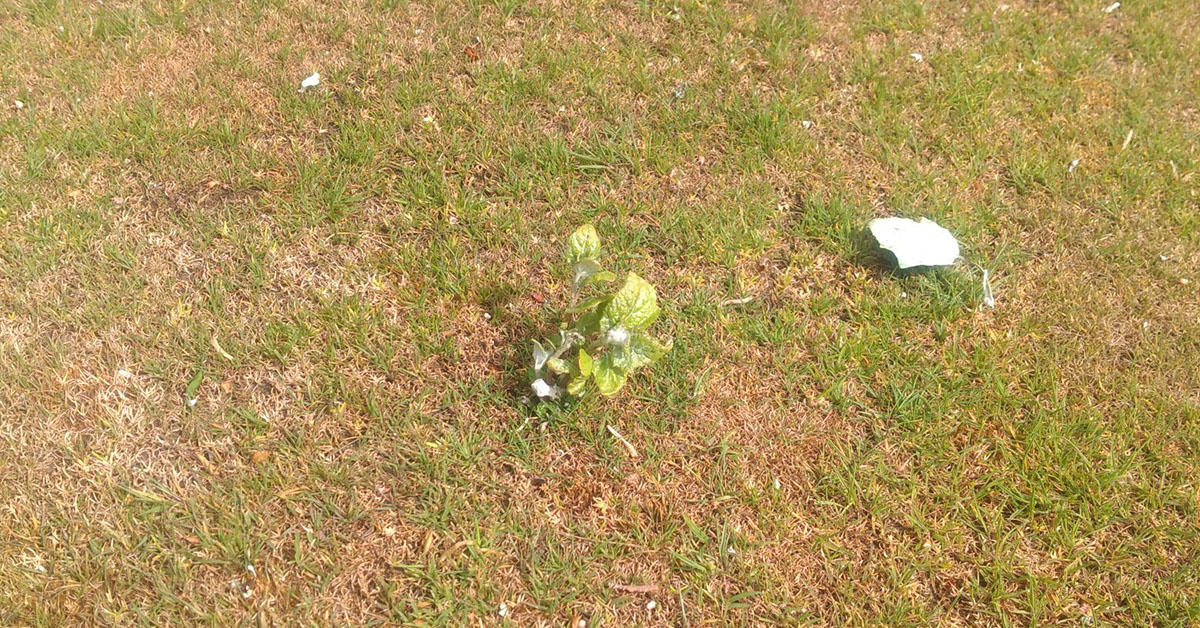
If you ever wondered how long it takes nature to take over a golf course, the answer is about 3 weeks. Yes thats a Poplar tree growing on the putting green @BIGGALtd @Ecology1BIGGA #greenkeeping #BackToWork @BradleyParkGolf – GreenkeeperMatt (@GreenkeeperMatt) May 14, 2020
With reduced mowing frequencies and elevated heights of cut, combined with relaxed refinement practices, nutritional inputs and top dressing, it is likely that putting surfaces will not perform as well as normal for a while. With the potential for reduced staffing and budgets in the future, a general resetting of performance standards and expectations for greens may be required in the longer-term.
With relaxed top dressing and less footfall, organic matter may have increased, resulting in softer and more receptive surfaces. With patience and targeted practices, greenkeepers will rectify any deterioration. The initial focus upon the reopening of golf courses will be to get golfers back playing and enjoying the course again. Therefore, it may be wise to pause summer/early autumn renovation windows to minimise surface disturbance and make way for golf.
But there are some positives to consider for the putting surfaces. The lack of play will mean there are no pitch marks and the relaxation of mowing, refinement and golf will have reduced disturbance pressures on the turf and favoured the development of the finer grasses.
Our initial focus as restrictions ease should be on gradually restoring the height of cut, the implementation of refinement operations and top dressing practices, but the emphasis should be on patience. Aggressive implementation will only compromise long-term sward health and reduce any gains made with grass composition.
Tees, Approaches & Fairways
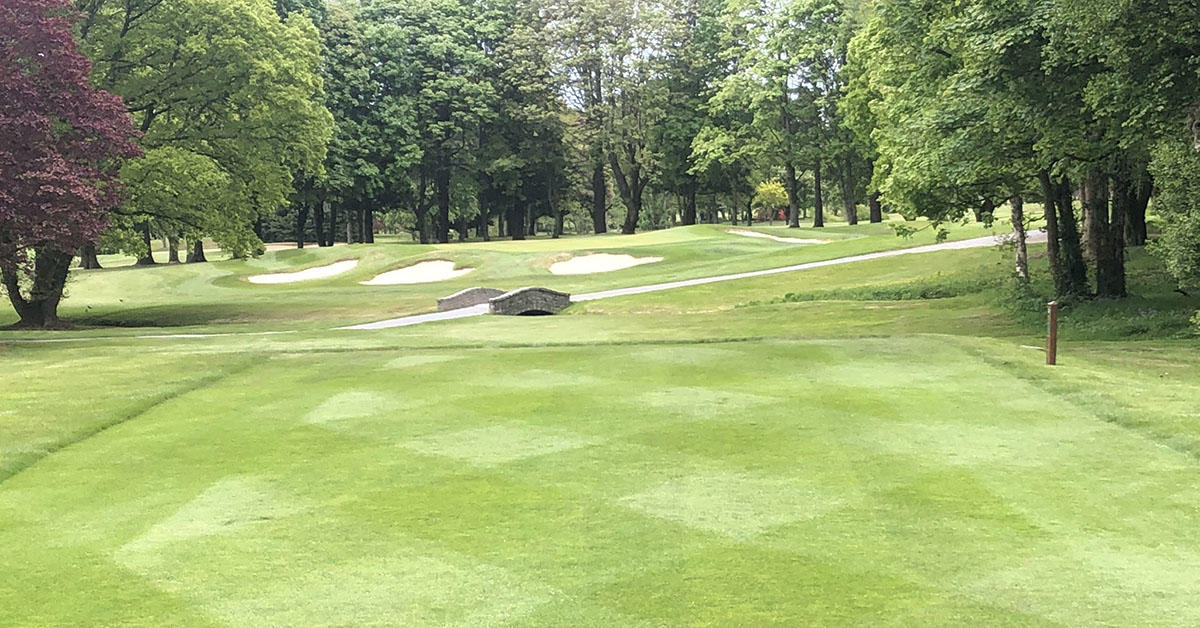
Come on Arlene open up I don't even mind if they take a divot @BelvoirParkGolf @McGivernGolf @SwanGolfDesigns @BIGGALtd – aaron small (@belvoirbigsmall) May 14, 2020
The main impact on these surfaces will be from reduced mowing frequencies and higher mowing heights, both of which will have reduced the general presentation and texture of the turf. This will be felt most on courses with richer soil types and more productive grasses. As with greens, a gentle increase in mowing operations will help restore turf quality and presentation of tees, approaches and fairways, but a patient approach is required.
Weed control will have been limited during the lockdown (especially on courses that have been readily utilised for daily exercise by the public), so the presence of flowering weeds may have to be tolerated for a period of time until sufficient control measures can be safely implemented.
Rough, Penalty Areas & Bunkers
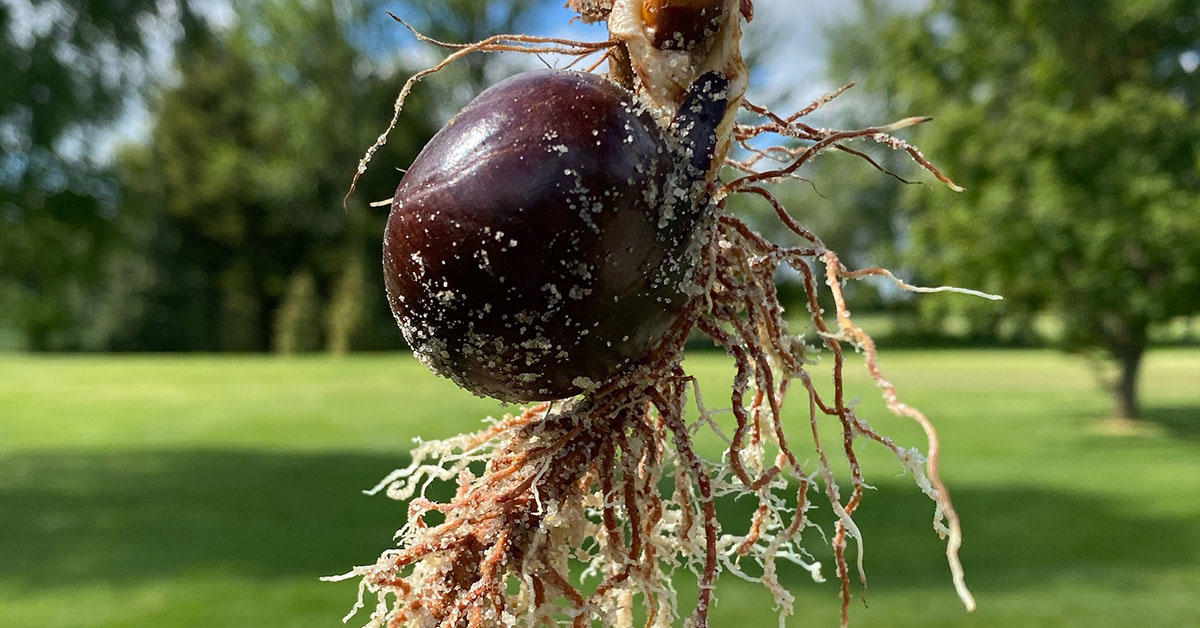
Found this growing in a bunker whilst doing some pre opening maintenance. Buried by a squirrel and sprouting during lockdown. Amazing really. #golf #nature #lockdown #coronavirus @Girtongolfclub – Steve Power (@stevetpower1) May 14, 2020
Maintenance through the lockdown to rough, penalty areas and bunkers may have been limited to just weekly mowing of the in-play rough. Maintenance to the bunkers, wider rough and penalty areas was not considered “essential” so golfers should expect some significant deterioration to these areas. Stronger growth and longer grass may heighten punishment for errant shots and it will take time to restore routine mowing operations.
With the potential for restricted staffing levels continuing for some time, this may be a good opportunity to assess whether all areas of rough need to be routinely mown or whether this activity can be relaxed in some areas without being detrimental to enjoyment and pace of play. This approach could save time and fuel as well as providing a more natural feel to the course.
The impact of a lack of raking and general attention to bunkers is likely to have allowed animal damage, sand blow, weed ingress and sand contamination to have developed. These issues, alongside use by non-golfers during lockdown, will create work that will require significant efforts to redress. Large scale bunker work tends to be a winter job so it needs to be understood that rectifying this type of damage at this time of year is likely to take longer given the concentration of available resources on mowing operations.
General Presentation
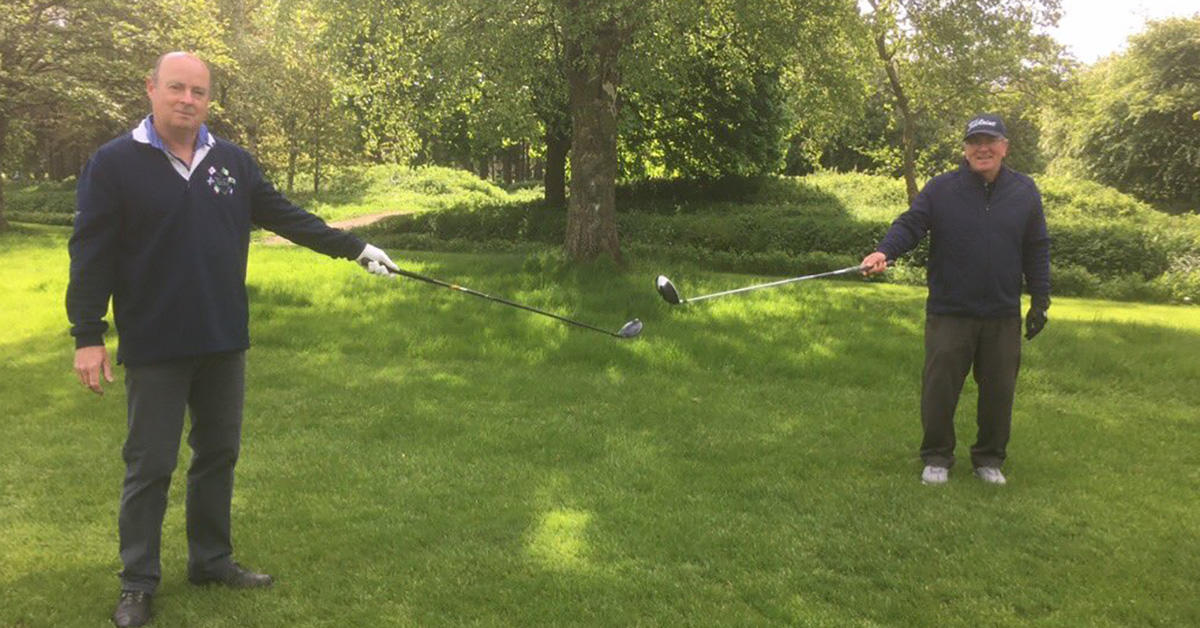
Feedback from golfers is very positive and all observing social distancing #playsafe #staysafe #enjoy – Malton & Norton GC (mandngc) May 13, 2020
Operations that contribute to the general presentation of the course, such as trim mowing around tees, course furniture, out of bounds and clubhouse areas, have all been relaxed and will take time to restore. However, consideration should be given to whether all this is necessary. Just because it was always done this way does not mean it needs to continue in the same way.
With many golf courses, especially those in coastal and urban areas, having been used widely as open green spaces by the public during lockdown, some collateral damage is inevitable and will take time to repair. Seeding and turfing may be required in more extreme cases but weather and lack of resource may mean that imperfections have to persist until conditions are more suitable for repair work to establish.
Whilst the general public have enjoyed using our golf courses for exercise during the lockdown and have appreciated what wonderful places they are, there will need to be a carefully managed, sensitive transition back to golf and full maintenance. The manner in which staff and members engage with the public during the return to golf will be key.
Ongoing Maintenance
Catering for increased demand to play from golfers while allowing greenkeepers to prepare the course, and ensuring the safety of all, are matters that each club will need to consider.
Resources & Expectations
The serious impact of Covid 19 on golf course operations cannot be underestimated. Some will be more affected than others but the majority of clubs are looking to cut costs in some way, and with course maintenance being the biggest cost for many clubs, the trimming of course maintenance and staffing budgets may be seen as very necessary for those charged with ensuring the ongoing existence of clubs.
For many, this will require a rethink of how courses are maintained. The need to save money will force many clubs to identify what is important and what is less so in terms of the playing and presentational standards. If these difficult decisions are being made, full transparency is encouraged so that members understand why things might not be as they were.
Closing Thoughts
It is important for all of us who work in and play the game to understand that courses may not be in the same condition when we return as we have come to expect. We need to collectively exercise the need for patience to allow greenkeepers the time to implement their expertise and restore course conditioning back to what we consider to be normal. As has been said in relation to many aspects of life since the emergence of the Covid 19 pandemic, golfers may have to adjust to a “new normal”.
Alistair Beggs, Richard Windows and Adam Newton from The R&A Agronomy Team.
Tags
Author

